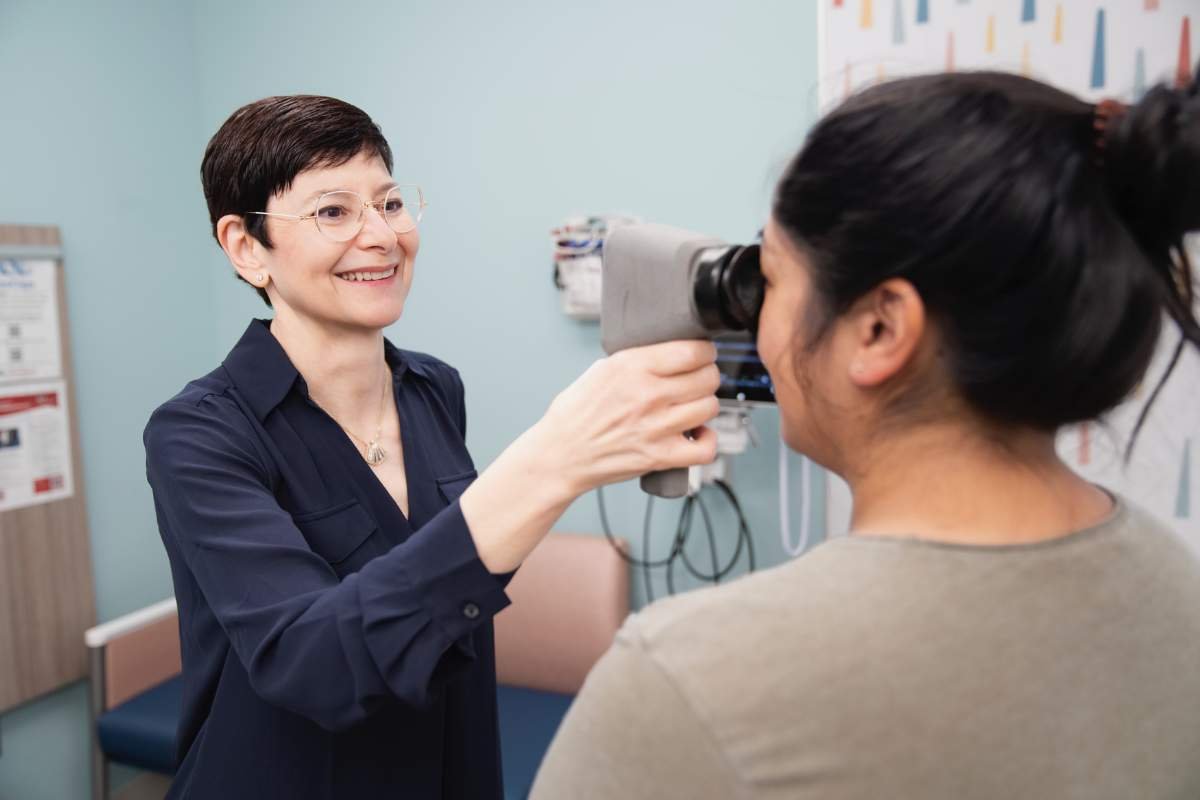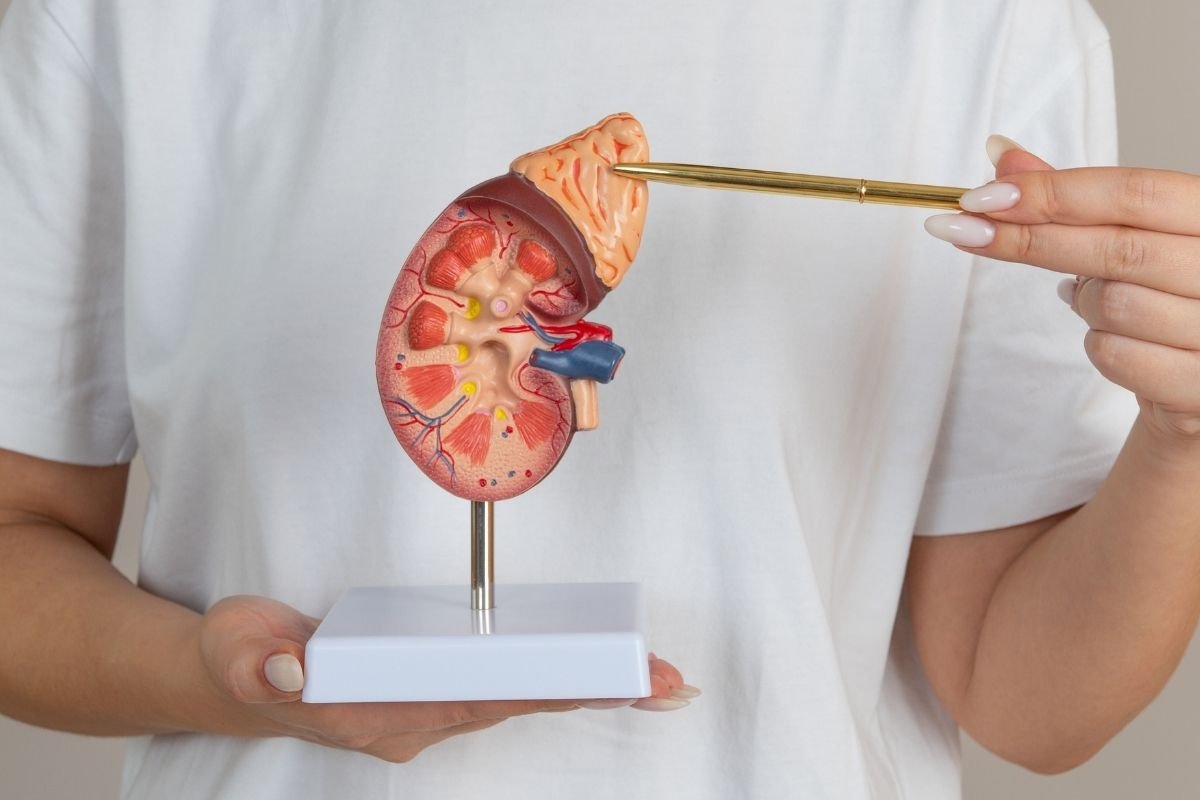Discovery of a Protective Genetic Mechanism
Researchers at the Marine Biological Laboratory (MBL) have uncovered a genetic mechanism that shields bacterial communities, such as those forming pink berries in salt marshes, from viral threats. Published in the Proceedings of the National Academy of Sciences, the study sheds light on how these communal bacteria defend against diseases, offering insights into the evolution of single-celled organisms into complex multicellular structures.
Understanding the Genetic Defense System
The study, led by Lizzy Wilbanks, a microbiologist at the University of California, Santa Barbara, focused on Thiohalocapsa PSB1 bacteria found in pink berries. These structures consist of genetically similar cells densely packed together, making them vulnerable to viral infections. Through genetic analysis, researchers discovered a genetic mechanism known as diversity-generating retroelements (DGRs), which introduce new genetic variation into specific genes related to the bacteria’s immune system.
Implications and Future Directions
DGRs were found to target genes involved in the bacteria’s defense against pathogens, resembling components of the immune systems found in humans and other multicellular organisms. The study suggests that DGRs help bacteria like Thiohalocapsa diversify their sensor proteins, akin to the role of antibodies in human immune systems. Understanding how bacteria utilize DGRs could have practical applications in fields such as wastewater treatment, where engineered microbial communities face similar viral threats.
Conclusion:
The discovery of this genetic defense mechanism not only enhances our understanding of bacterial immunity but also has practical implications for various applications involving microbial communities. As researchers delve deeper into the role of DGRs in protecting bacterial communities, they pave the way for developing innovative strategies to safeguard engineered microbial systems and enhance their efficacy in various environmental and industrial settings.











